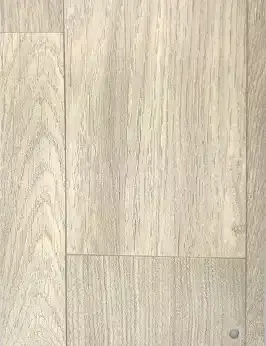Understanding the Importance and Style of Skirting Boards in Interior Design
Skirting Boards An Essential Element of Interior Design
Skirting boards, often referred to as baseboards or skirting, are an integral part of interior design that contributes both to aesthetics and functionality in a room. These architectural elements serve as a transition between the floor and the walls, providing a finished look to any space. Although they may seem like a minor detail, skirting boards can significantly impact the overall feel of a room, enhancing its character and style.
The Purpose of Skirting Boards
The primary function of skirting boards is to cover the gap between the wall and the floor. This gap can often be unsightly, with imperfections, uneven surfaces, and marks potentially ruining a well-decorated room. By installing skirting boards, homeowners can achieve a streamlined and polished look. Additionally, skirting boards play a crucial role in protecting walls from scuffs, scrapes, and damage caused by furniture, vacuum cleaners, and everyday wear and tear.
Beyond protection, skirting boards can serve as a decorative feature. Available in a variety of styles, sizes, and materials, they can complement the overall design theme of a room. From traditional styles with intricately carved edges to sleek, modern designs that blend seamlessly with minimalist decor, skirting boards offer endless possibilities for customization.
Materials and Styles
Skirting boards come in several materials, including wood, MDF (medium-density fiberboard), PVC, and plaster. Wooden skirting boards are popular for their natural beauty and durability. They can be left raw, stained, or painted, providing versatility to match any color scheme. MDF is another common material due to its cost-effectiveness and ease of installation. It can be easily painted and is a popular choice for contemporary homes.
skirting board

Plastic skirting boards are gaining popularity, particularly in areas prone to moisture, such as kitchens and bathrooms
. They are resistant to water damage and can be easier to clean than their wooden counterparts. Finally, plaster skirting boards are often used in more classical or ornate settings, where a high level of craftsmanship is desired.When it comes to style, skirting boards range from simple and understated to elaborate and decorative. Traditional homes may benefit from higher skirting boards with detailed profiles, while modern or minimalist spaces often use lower, flat designs that provide a clean look. The choice of skirting board style can significantly contribute to the room's overall theme, making it an important consideration during the design process.
Installation and Maintenance
Installing skirting boards can be a straightforward DIY project, provided you have the right tools and measurements. Standard procedures involve cutting the boards to size, securing them to the wall with adhesive or nails, and finishing the edges with caulk to create a seamless appearance. It’s important to ensure that the boards are level and neatly fitted to eliminate gaps, which can detract from the overall look.
Maintenance of skirting boards is relatively low. Regular dusting and occasional wiping with a damp cloth can keep them looking good. For wooden skirting boards, periodic polishing or repainting may be necessary to maintain their finish and protect against wear.
Conclusion
In conclusion, skirting boards are much more than mere finishing touches; they are a crucial element that ties together the design of a room. Their protective function, combined with a variety of styles and materials, allows for a customizable approach to interior decoration. Whether you choose classic wooden boards, sleek MDF, or modern plastic options, the right skirting can elevate your home’s aesthetic while ensuring longevity and functionality. Therefore, when planning a room’s design, consider the impact of skirting boards to enhance both the form and function of your space. Embracing this often-overlooked element can set the stage for a beautifully finished interior.
-
SPC Vinyl FlooringJul.18,2025
-
Home SPC FlooringJul.18,2025
-
Heterogeneous Sheet Vinyl: The Ultimate Commercial Flooring SolutionJul.15,2025
-
Dry Back LVT Flooring: A Durable and Stylish Flooring SolutionJul.15,2025
-
Click LVT Flooring: A Stylish and Convenient Flooring SolutionJul.15,2025
-
SPC FlooringJun.24,2025




